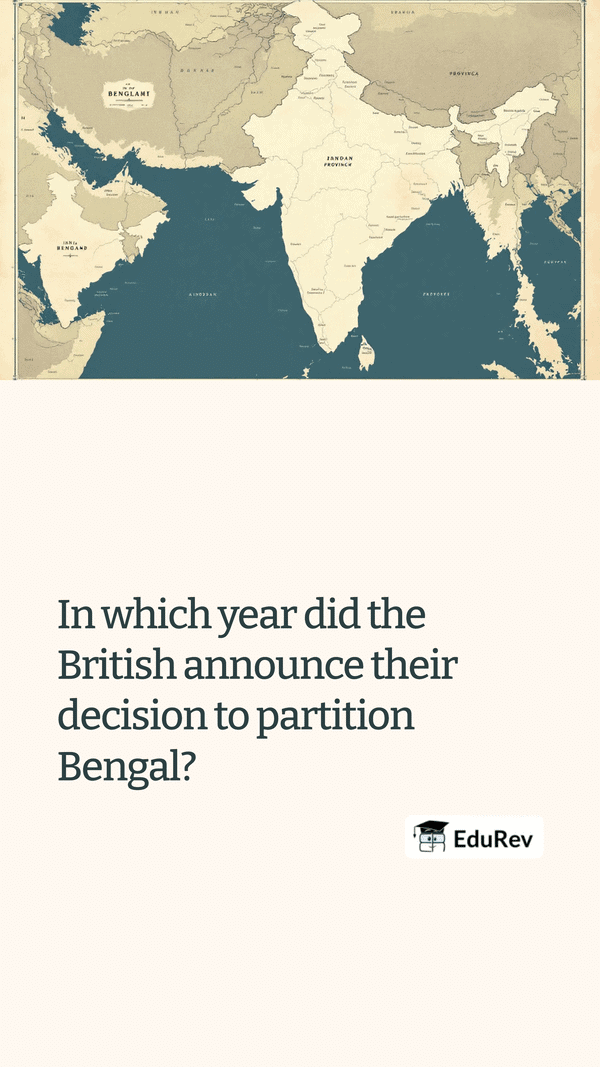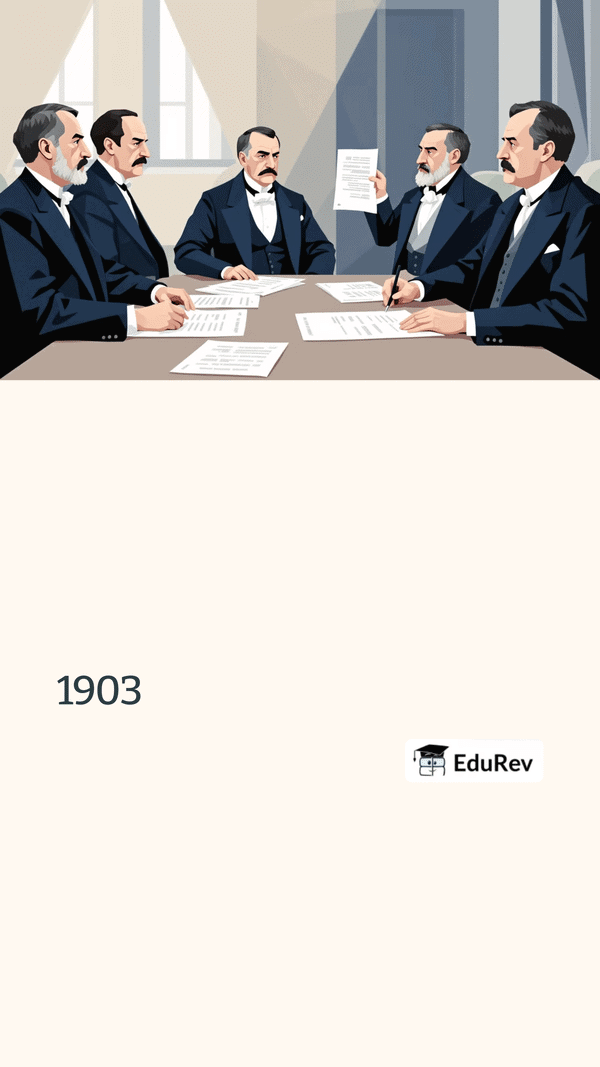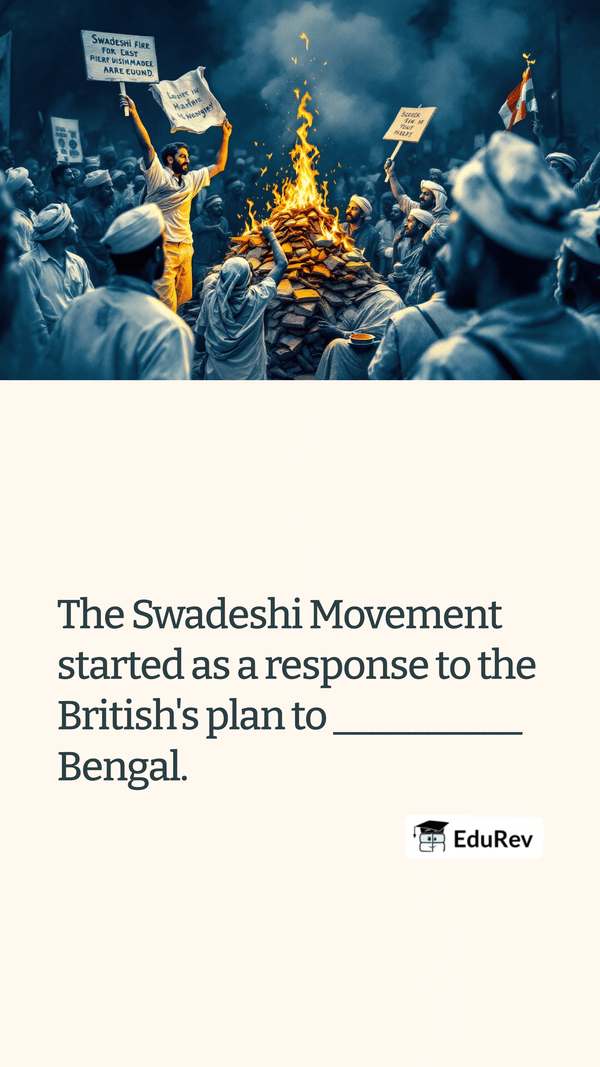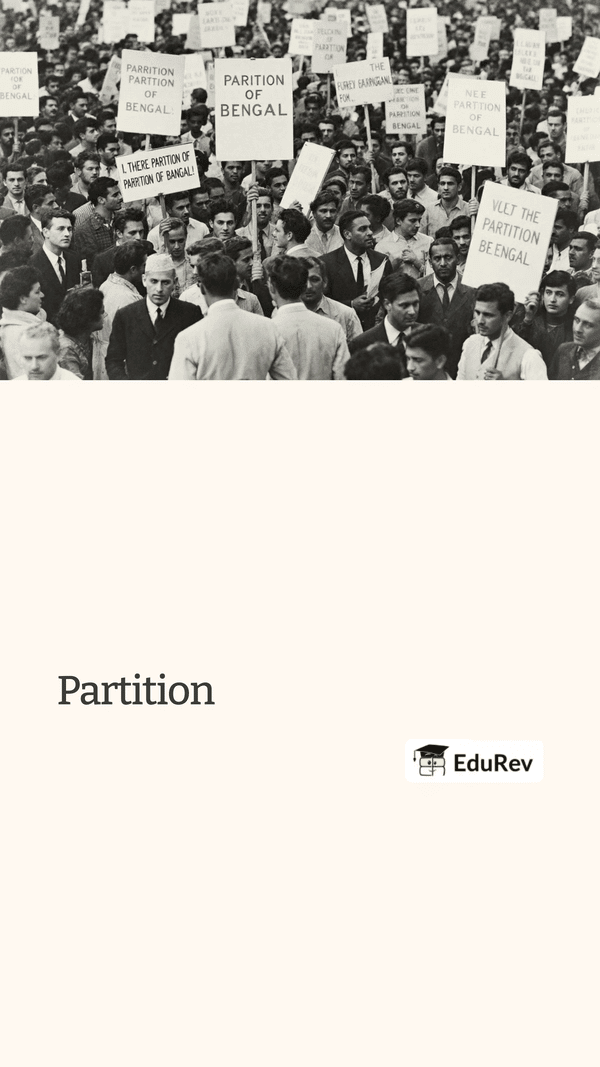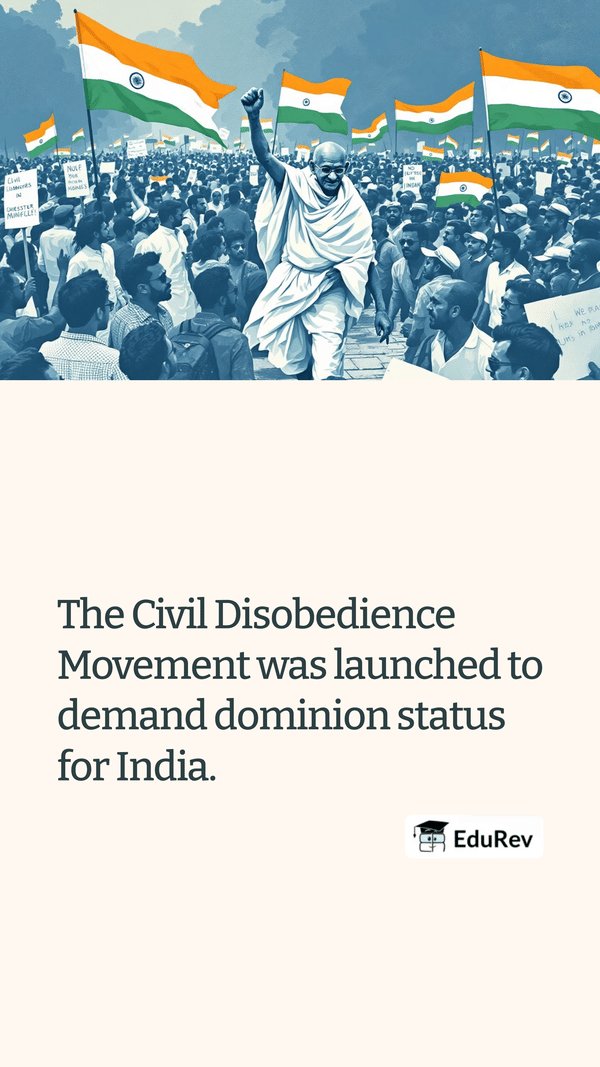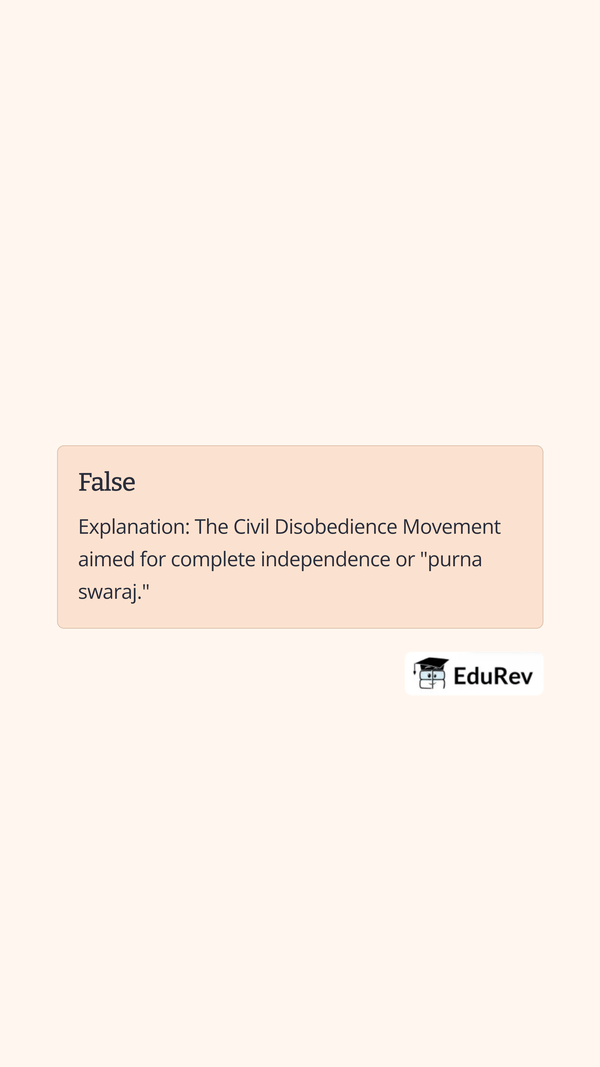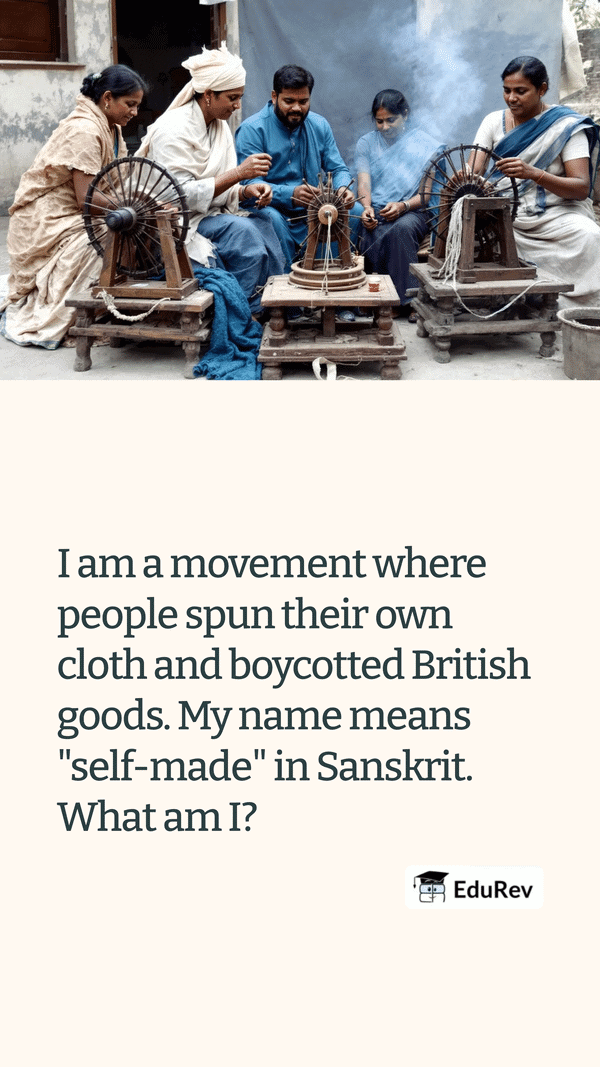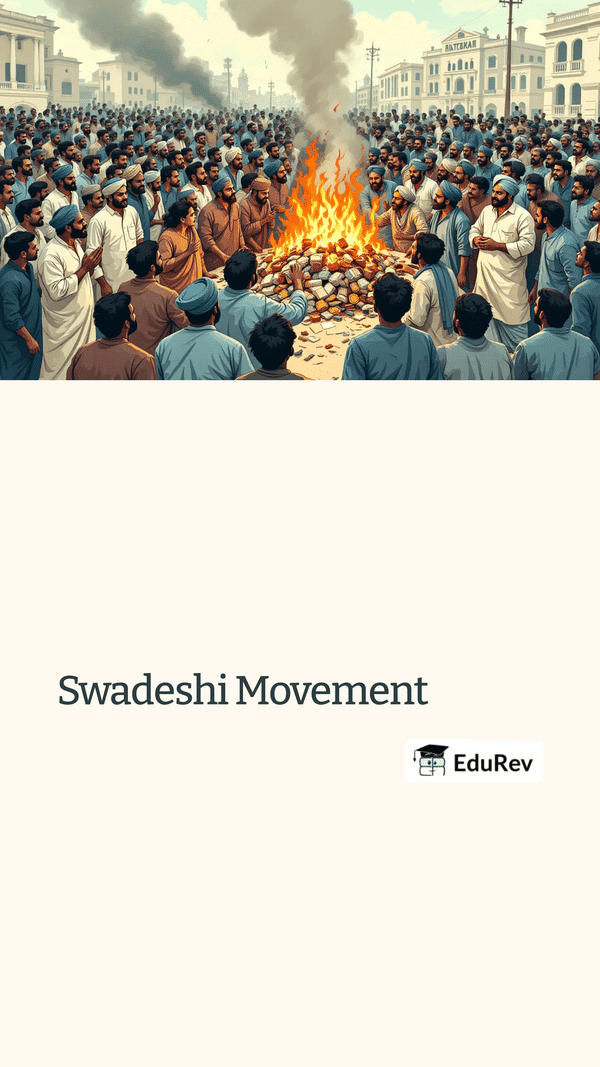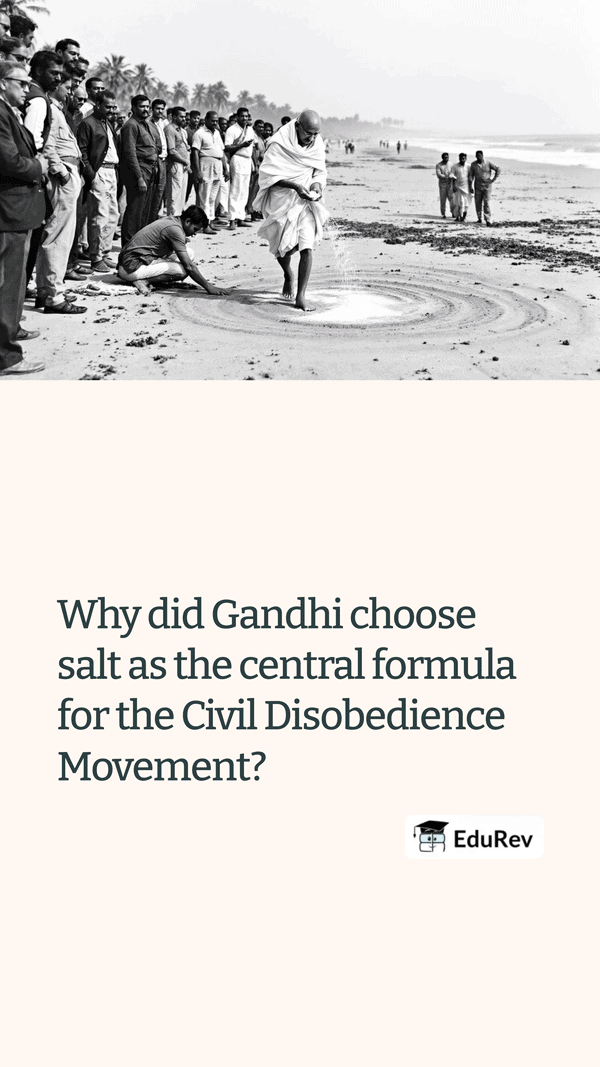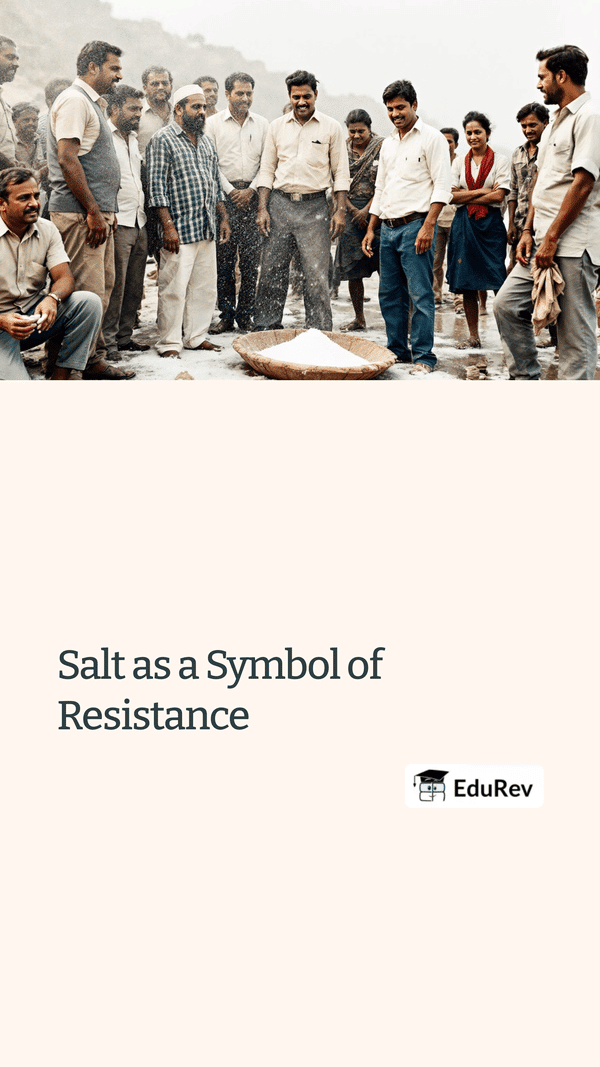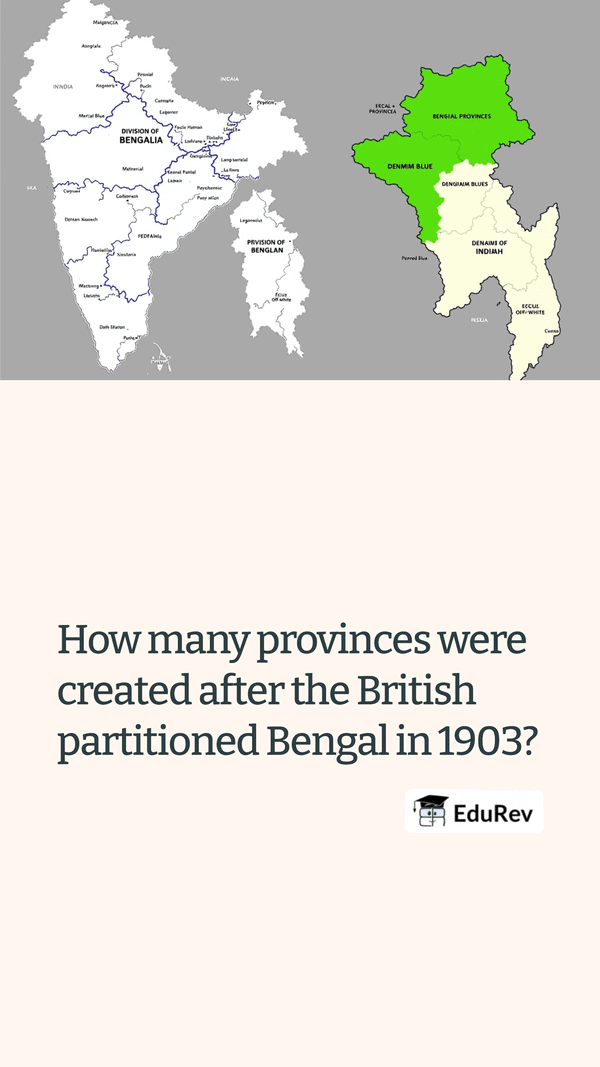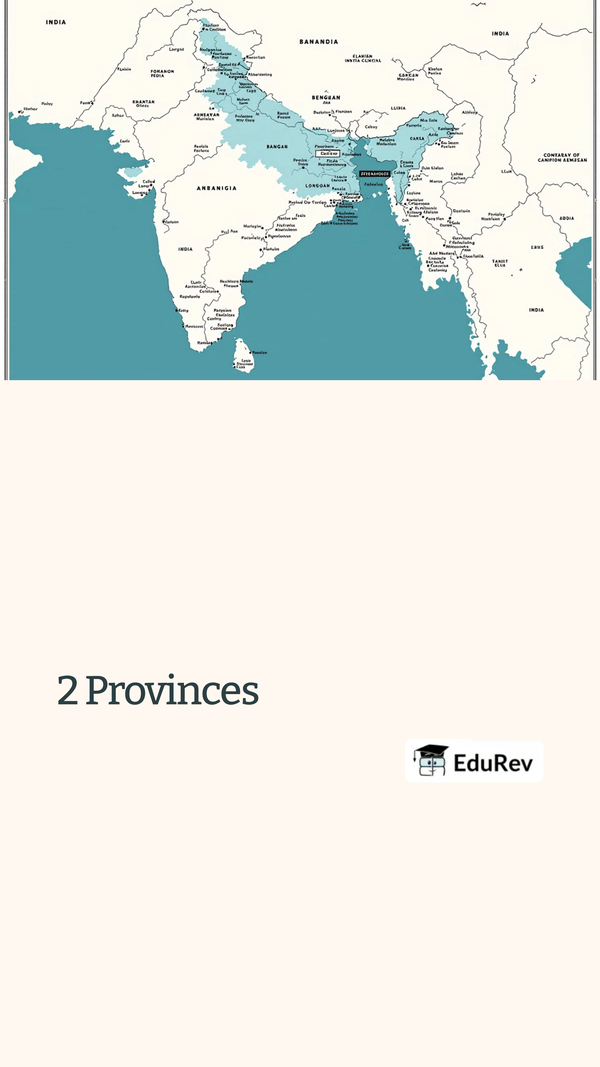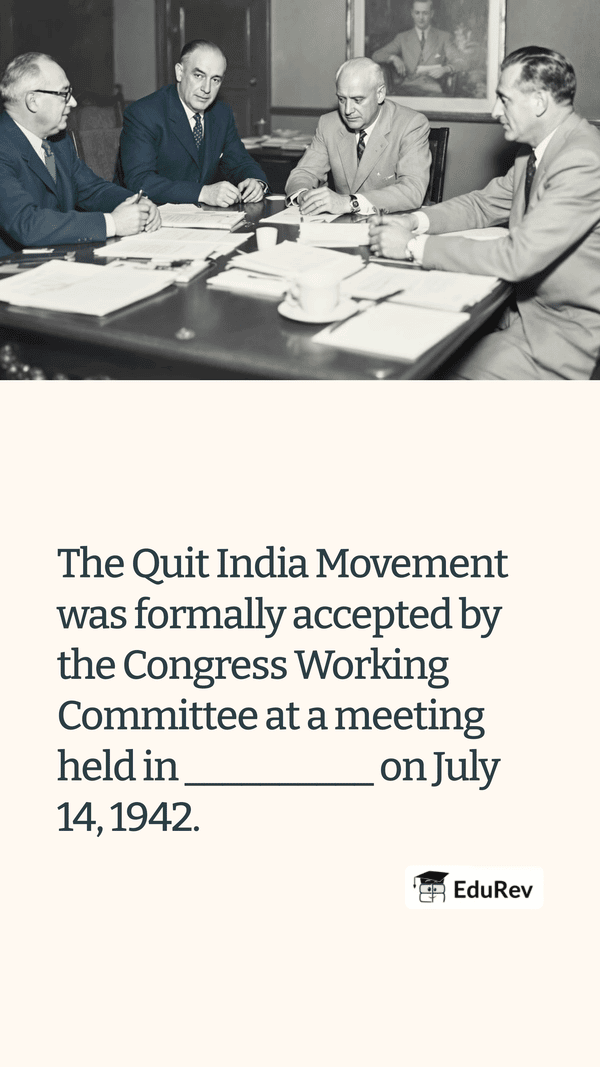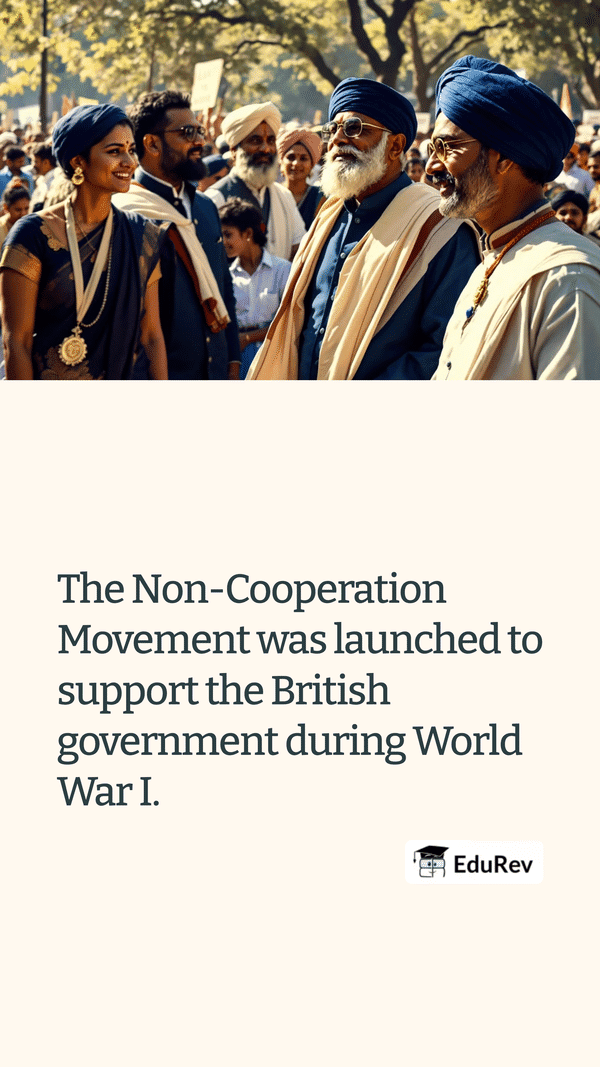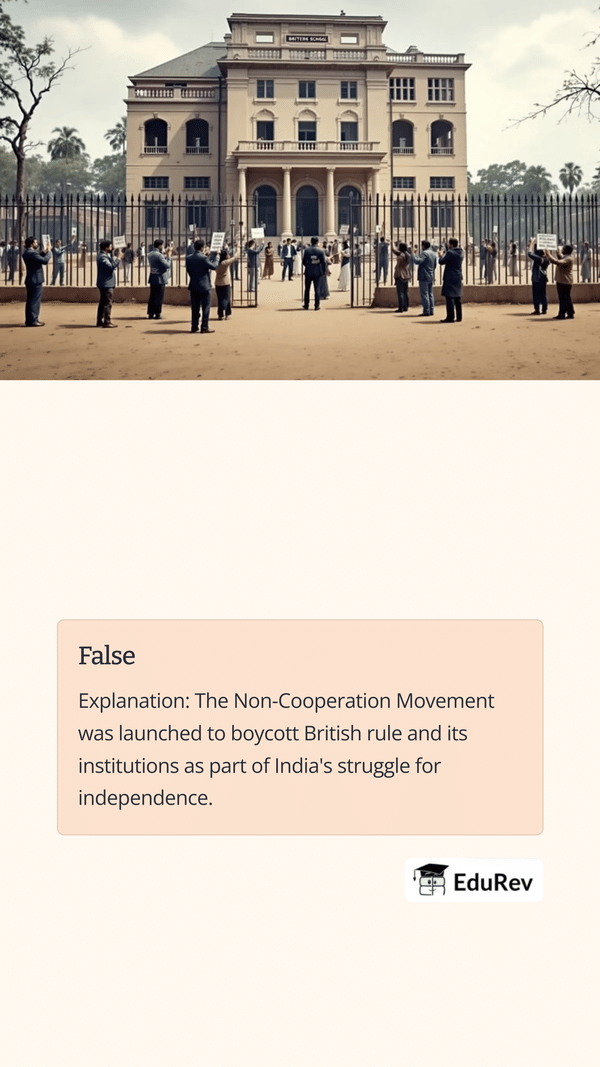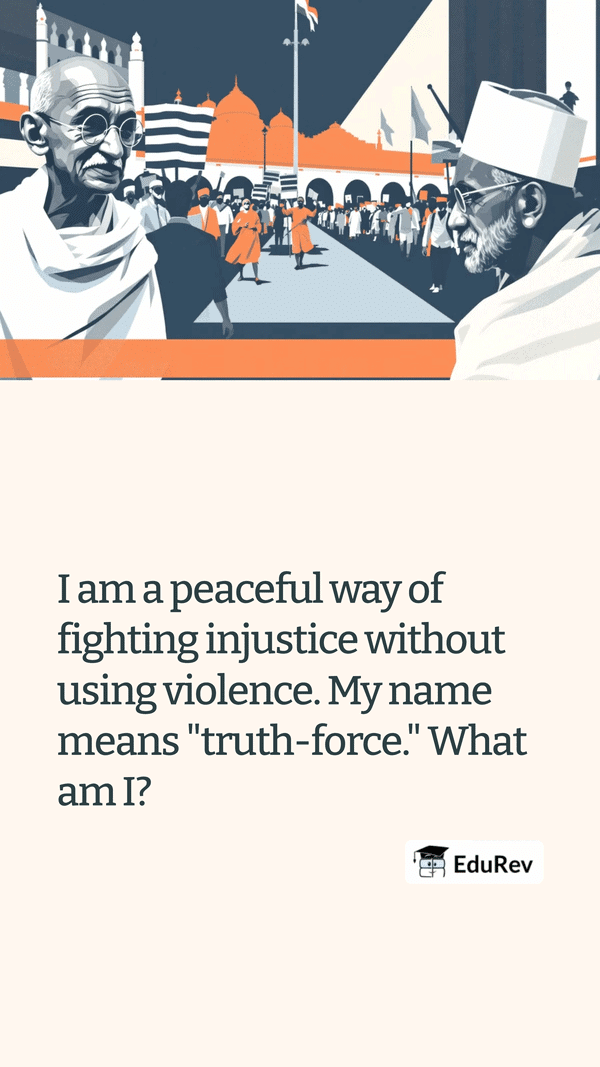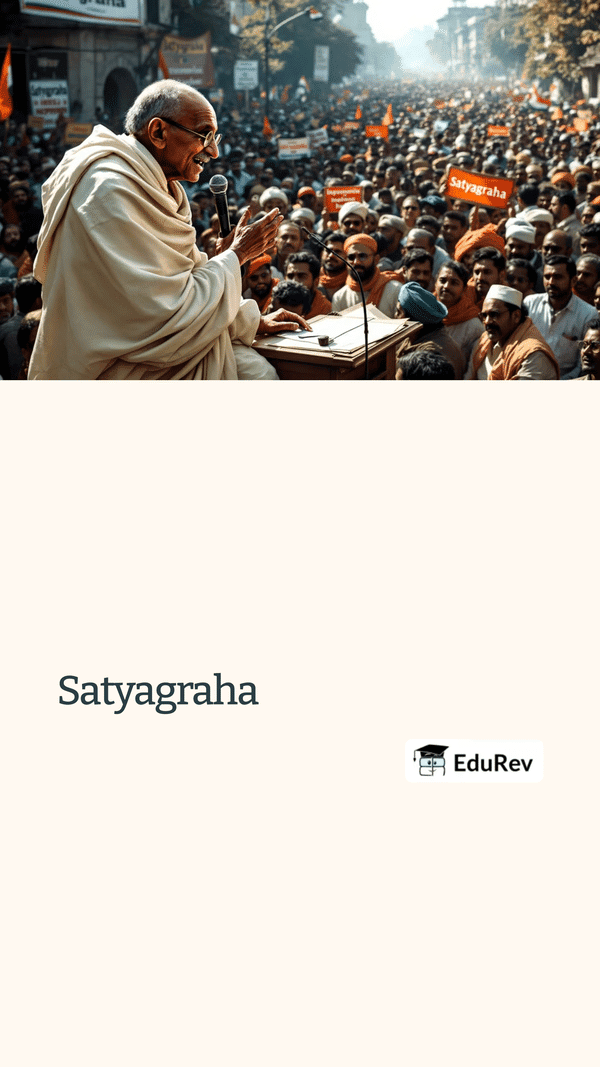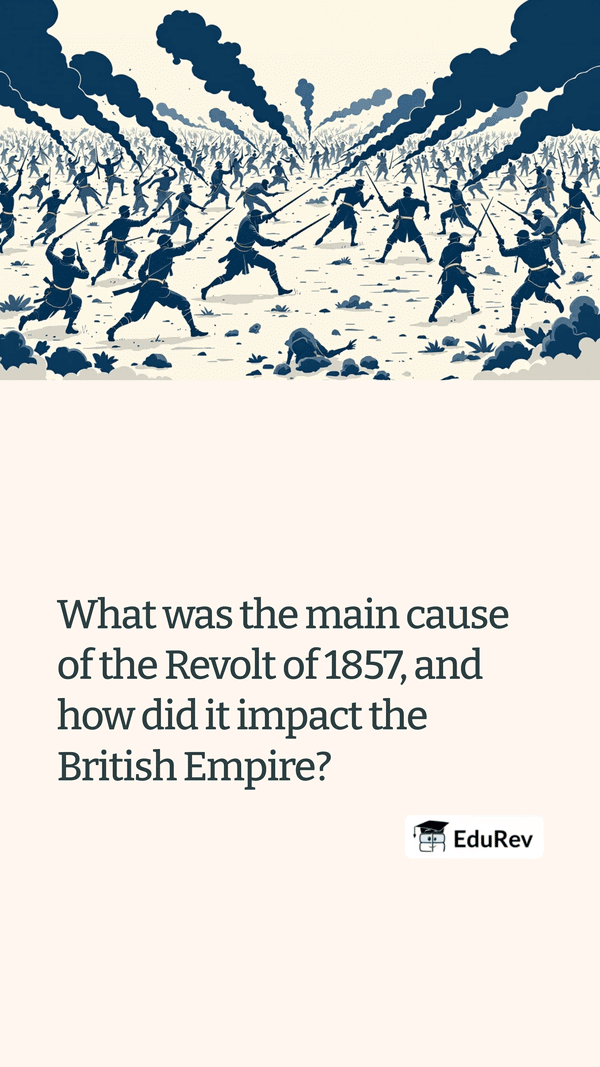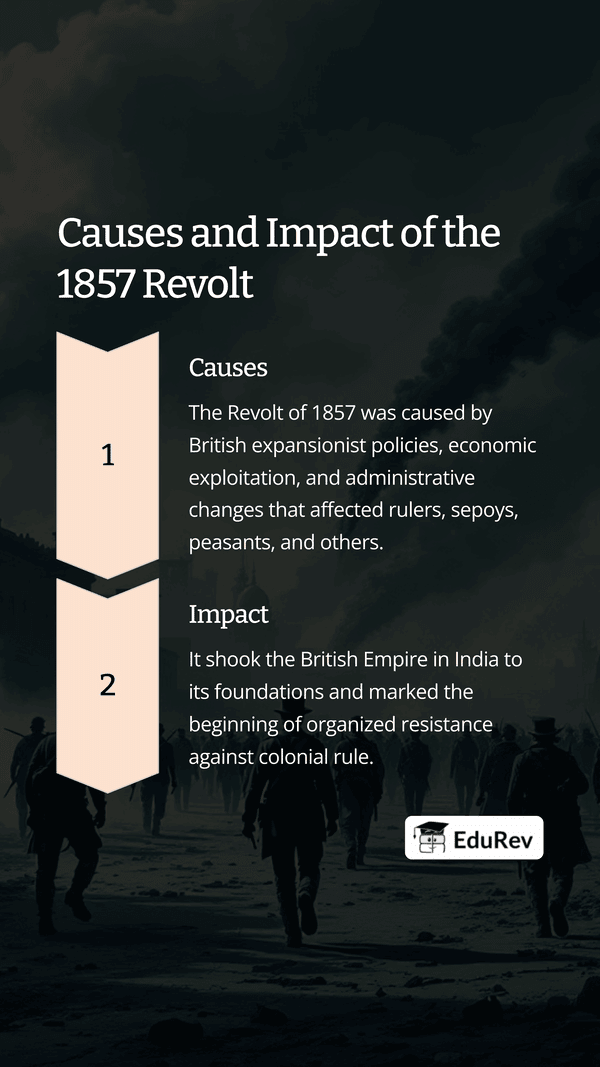 Unlock all Flashcards with EduRev Infinity Plan Starting from @ ₹99 only
|
Class 1 Exam > General Knowledge for Young Learners > Flashcards: Independence of India
|
52 videos|107 docs|40 tests
|
FAQs on Flashcards: Independence of India Flashcard - General Knowledge for Young Learners - Class 1
| 1. What were the main events leading to India's independence in 1947? |  |
Ans. The main events leading to India's independence included the formation of the Indian National Congress in 1885, the partition of Bengal in 1905, the Jallianwala Bagh massacre in 1919, the Non-Cooperation Movement in the 1920s, the Civil Disobedience Movement in the 1930s, and the Quit India Movement in 1942. These events galvanized the Indian populace against British rule, leading to increasing demands for self-governance and ultimately independence in 1947.
| 2. Who were the key leaders in the Indian independence movement? |  |
Ans. Key leaders in the Indian independence movement included Mahatma Gandhi, who advocated for non-violent resistance, Jawaharlal Nehru, who was a prominent figure in the Indian National Congress, Sardar Vallabhbhai Patel, known for his role in uniting the states post-independence, and Subhas Chandra Bose, who led the Indian National Army against British forces. Other significant figures include B.R. Ambedkar, Rani Lakshmibai, and Bal Gangadhar Tilak.
| 3. What role did non-violent resistance play in India's fight for independence? |  |
Ans. Non-violent resistance, primarily led by Mahatma Gandhi, played a crucial role in India's fight for independence. Strategies such as satyagraha (truth-force) and civil disobedience were employed to oppose British laws and policies without resorting to violence. This approach garnered widespread support from various sections of society, increased national consciousness, and drew international attention to India’s struggle, ultimately contributing to the end of British colonial rule.
| 4. What were the consequences of the partition of India in 1947? |  |
Ans. The partition of India in 1947 led to significant consequences including the creation of two independent nations, India and Pakistan. This division resulted in one of the largest mass migrations in history, with millions of people relocating based on their religious affiliations. It also led to widespread communal violence, resulting in the loss of hundreds of thousands of lives and a lasting impact on Hindu-Muslim relations in the subcontinent.
| 5. How did the British respond to the Indian independence movement? |  |
Ans. The British response to the Indian independence movement included a mix of repression and political concessions. Initially, they responded with force, suppressing protests and movements through arrests and violence. However, as the demand for independence grew, they began to offer limited reforms, such as the Government of India Act 1935, which provided some level of self-governance. Ultimately, the British realized that they could no longer maintain control, leading to negotiations that resulted in India gaining independence in 1947.
Related Searches




